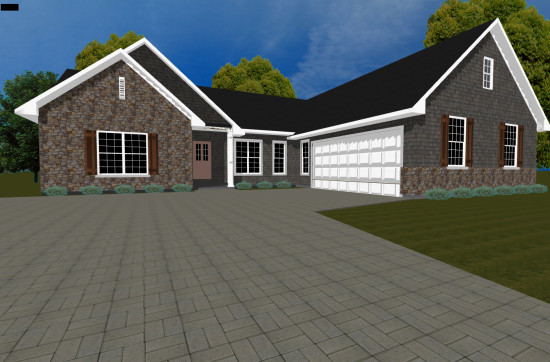
In March, the Quad Cities Homebuilders & Remodelers Association began construction of a demonstration "green" home. Scheduled to be completed by September, the house is intended to illustrate that environmentally friendly homebuilding does not have to be costly or showy.
Homes represent 22 percent of our country's energy use -- only 6 percentage points fewer than the transportation industry, according to the Energy Information Administration. In recent years, green builders have emerged to reduce residential energy usage.
Green building isn't necessarily about solar panels, green roofs, wind turbines, and other expensive features. Double-paned windows, recycled cabinet materials, better insulation, erosion control, and efficient appliances might not be as glamorous, but they constitute green building, too.
"Green is a wave of the future," said Dave Burrows, executive vice president of the Quad Cities Homebuilders. "Our industry has to adapt."
A 2006 study by McGraw-Hill Construction predicted that green homes will make up about 10 percent of new-home construction by 2010, up from 2 percent in 2005.
"It's coming," said Burrows.
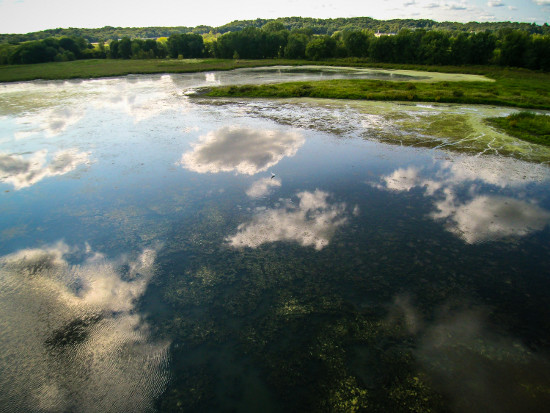

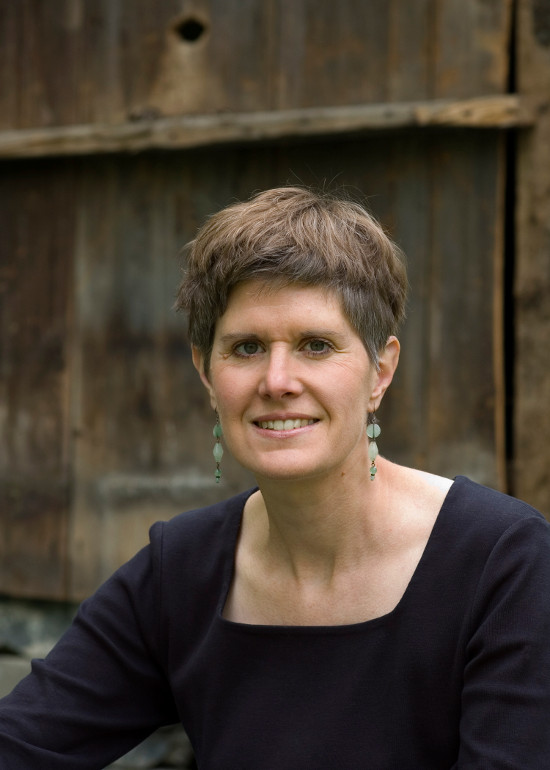


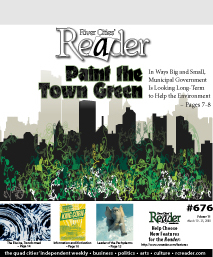
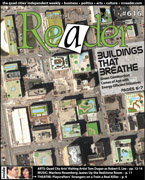 Buildings
are definitely energy hogs. The SUV is the environmental bad-boy
symbol, but buildings consume more energy than cars and trucks. It's
estimated that commercial and residential buildings in the U.S.
consume 65 percent of all electricity, as well as 12 percent of
drinkable water and 40 percent of all raw materials, according to the
Commission for Environmental Cooperation, an international
organization that is expected in early 2008 to release a report
evaluating green building in the U.S., Canada, and Mexico.
Buildings
are definitely energy hogs. The SUV is the environmental bad-boy
symbol, but buildings consume more energy than cars and trucks. It's
estimated that commercial and residential buildings in the U.S.
consume 65 percent of all electricity, as well as 12 percent of
drinkable water and 40 percent of all raw materials, according to the
Commission for Environmental Cooperation, an international
organization that is expected in early 2008 to release a report
evaluating green building in the U.S., Canada, and Mexico.
 This
spring, the Iowa legislature passed new subsidies for each gas
station that features 85-percent ethanol fuel - 25 cents for each
gallon sold in 2006, 2007, and 2008, and then smaller amounts through
2020. Governor Tom Vilsack signed the bill, House File 2754, on May
30.
This
spring, the Iowa legislature passed new subsidies for each gas
station that features 85-percent ethanol fuel - 25 cents for each
gallon sold in 2006, 2007, and 2008, and then smaller amounts through
2020. Governor Tom Vilsack signed the bill, House File 2754, on May
30.
 The
article this sidebar accompanies is less about ethanol than it is
about government encouraging agricultural practices that aren't
sustainable and do more harm than good to communities. Author Kamyar
Enshayan argues that the federal government, in particular, should
divert some agricultural subsidies into re-building sustainable local
economies. Championing ethanol as the savior of the Midwestern farm,
he claims, is a losing proposition.
The
article this sidebar accompanies is less about ethanol than it is
about government encouraging agricultural practices that aren't
sustainable and do more harm than good to communities. Author Kamyar
Enshayan argues that the federal government, in particular, should
divert some agricultural subsidies into re-building sustainable local
economies. Championing ethanol as the savior of the Midwestern farm,
he claims, is a losing proposition.








